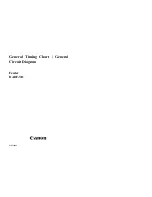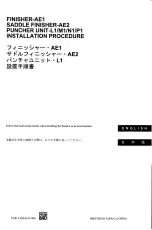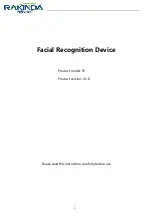
Chapter 3 - Interfaces and Protocols
Confidential and Proprietary Information of ZTE CORPORATION
39
Figure 19 shows I-frame structure of LAPDm.
F
I G U R E
1 9
–
L A P D
M
I -
F R A M E
S
T R U C T U R E
SAPI
N(S)
N(R)
Address
Control
Information
The I-frame in LAPDm consists of the following fields:
•
Address field: It contains SAPI. LAPDm supports signaling and short
message service on the radio interface. It distinguishes between the
two, using SAPI as follows:
•
SAPI=0 represents signaling link
•
SAPI=3 represents the short message link
•
Control field: It contains two further fields:
•
N(S) represents I-frame current sending serial number.
•
N(R) represents I-frame current received serial number and the
expected sending serial number of the next I-frame. It predicts the
instructions from the receiving end.
•
Information field: It transmits L3 data, for example, system
information, measurement report and data indication.
The maximum length of a LAPDm frame on the TCH is 23 bytes and on
SACCH is 21 bytes. The difference is because of the two special-purpose
bytes in each SACCH block. The frame maximum length on the radio
interface is 21 or 23 bytes, which is less than the need of signaling. Thus,
it requires the defining of segmentation and regrouping in LAPDm.
Therefore, an additional bit is used to distinguish the last packet frame
from other frames.
U I - f r a m e O p e r a t i o n
The L3 message is sent in the no-serial-number frame mode. The receiver
is not required to send the received confirmation after receiving the UI-
frame. This operation mode does not provide flow control or error recovery
mechanism.















































